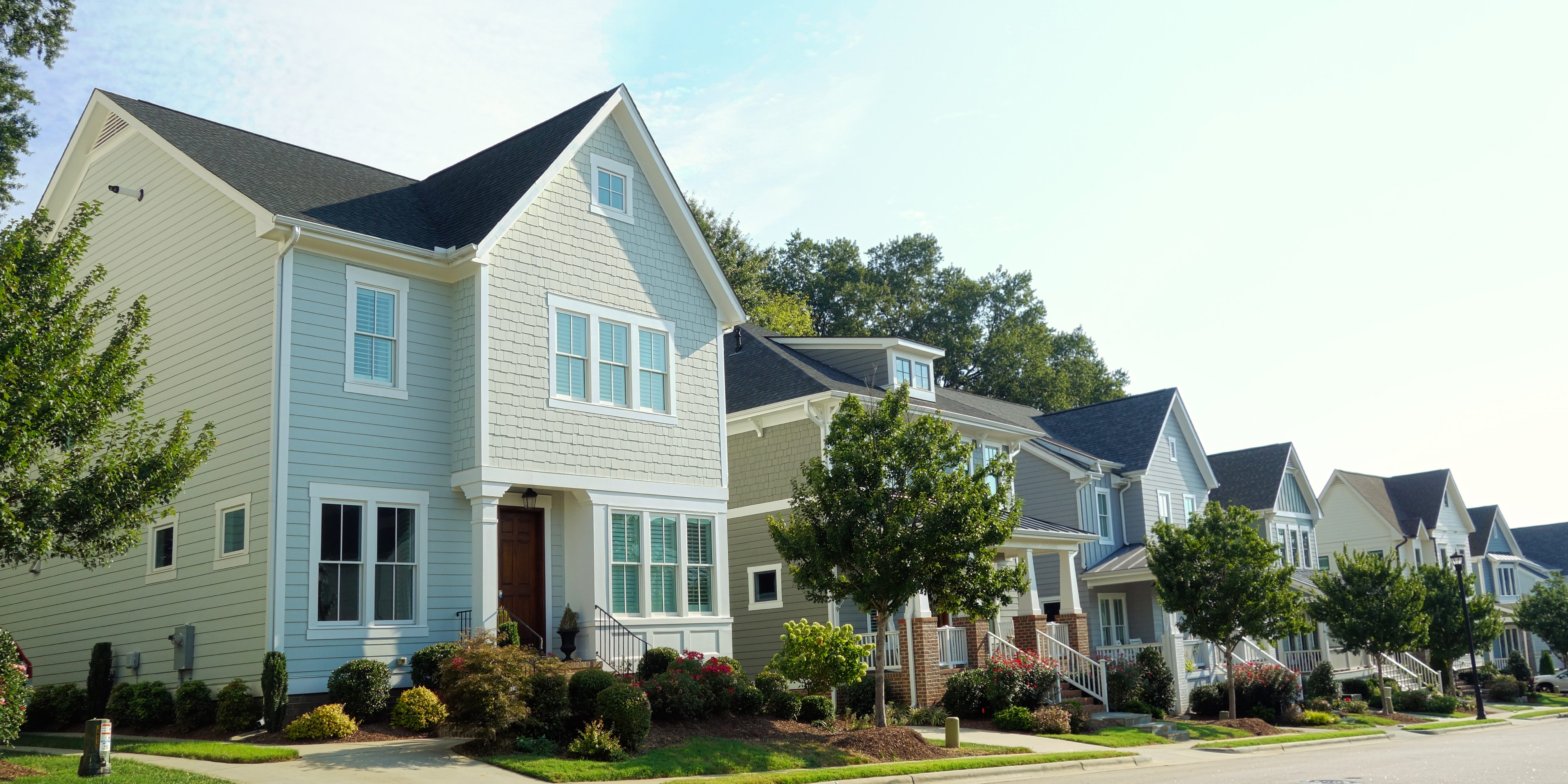Homeowners’ equity is the highest it’s been in 25 years, which could provide a cushion as consumer savings dwindle. Wells Fargo economists say that huge price appreciation means homeowners have a lifeline they can tap. Soaring home prices looks like an “underappreciated tailwind” for consumers, they said. Loading Something is loading.
Thanks for signing up!
Access your favorite topics in a personalized feed while you’re on the go.
Decades of rising home values have created an expensive and competitive housing market — but that may be exactly what’s keeps consumers afloat as household savings dwindle and borrowing costs climb.
The Fed’s ambitious rate hiking campaign has made everything from credit card loans to mortgage payments more expensive, and that’s eating into the savings Americans built up through the pandemic.
Now, however, with inflation still above target and a recession still in the cards, home equity could provide a much-needed extra line of defense for consumers, according to Wells Fargo.
The total value of the US single-family market surpassed $40 trillion last year, and the amount of homeowner equity versus debt has trended higher for the last decade, economists Tim Quinlan and Shannon Seery explained in a note this week.
Importantly, home values have surged while the total amount owed on mortgages has not.
“Homeowners have more equity in their homes today than they did at any point in the 35 years between 1987 and 2022,” the economists said. “Yes, higher rates make borrowing more expensive, but a home loan generally carries far lower interest than credit card debt, especially after accounting for the tax deductibility of interest on a mortgage.”
In short: Americans can always borrow against the equity in their steadily appreciating homes, and at a lower rate than what’s offered on most other kinds of consumer debt.
Homeowner equity has surged over the last three decades. Federal Reserve Board and Wells Fargo Economics Through the Fed’s rate hiking campaign, Americans’ spending has stayed remarkably resilient, and that’s been a boon in staving off the recession that Wall Street has been forecasting over the last year.
That trend could be set to continue as the massive accumulation of home equity provides a lifeline that consumers can tap into if things get tough.
“[T]he fact that home equity is near a multi-decade high means that there is untapped potential for consumers to rely on home equity lines of credit to sustain spending should the need arise,” the economists wrote.
Bankrate data shows that home equity lines of credit, or HELOCs, are currently carrying an average rate close to 7%. That’s well below the 20.6% interest rate applied to “all borrowers” on credit card debt for the second quarter, per central bank data.
Home equity revolving credit balances climbed for the fourth straight quarter leading up to March 2023, which presents another factor that could help sustain consumer spending.
Mortgage rates versus credit card APR, monthly average Federal Reserve and Wells Fargo Economics To be sure, about two-thirds of household assets are tied to financial assets. But climbing home values have given real estate an outsized boost through the pandemic. Now, real estate accounts for about 25% of total household assets, and despite deteriorating savings, still-rising equity presents a potential path forward for consumers to keep spending, Quinlan and Seery said.
“Fiscal packages at the onset of the pandemic ensured that the pandemic-induced recession was not a balance sheet one for households, and the lasting effects of that have supported consumer spending even as stimulus has ceased,” the economists continued. “Increased home equity due to the rapid rise in home values and a jump in mortgage refinancing are two additional factors that may support household staying power in the years to come.”
